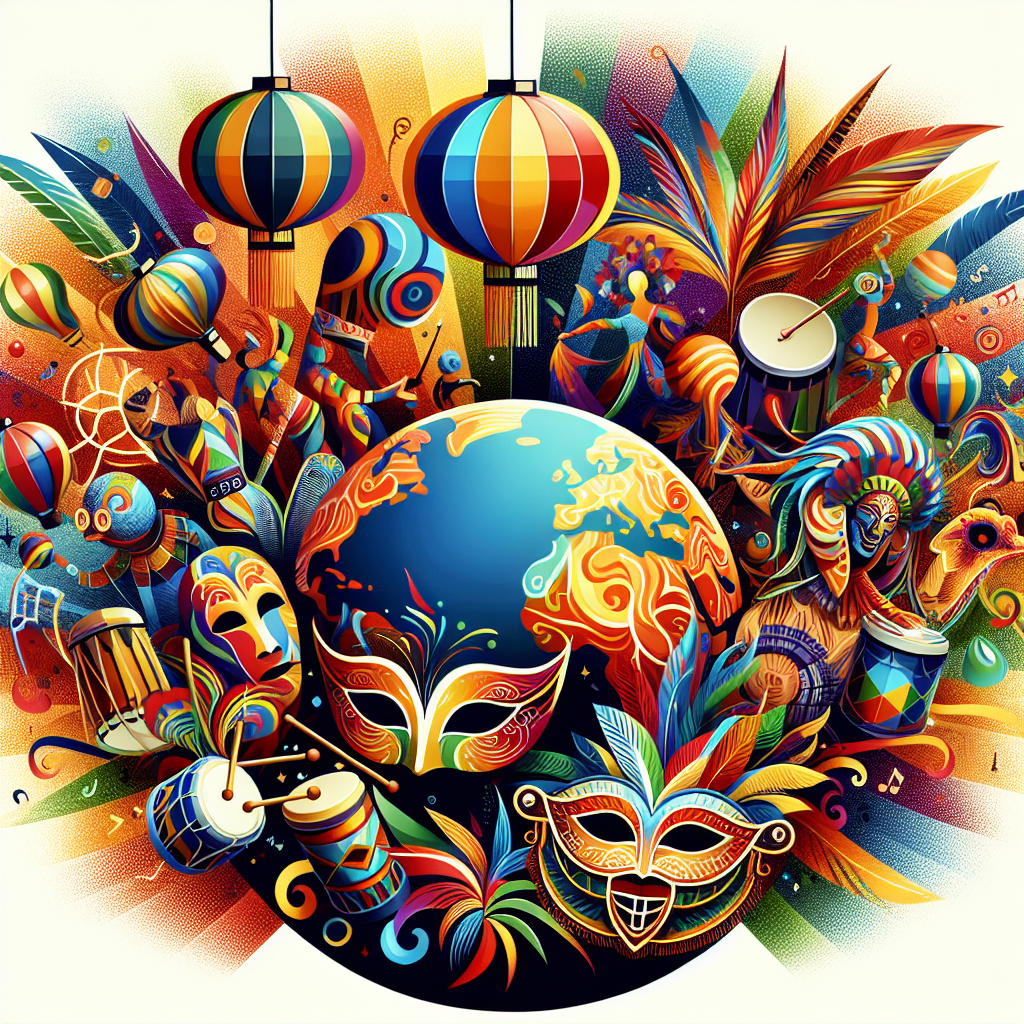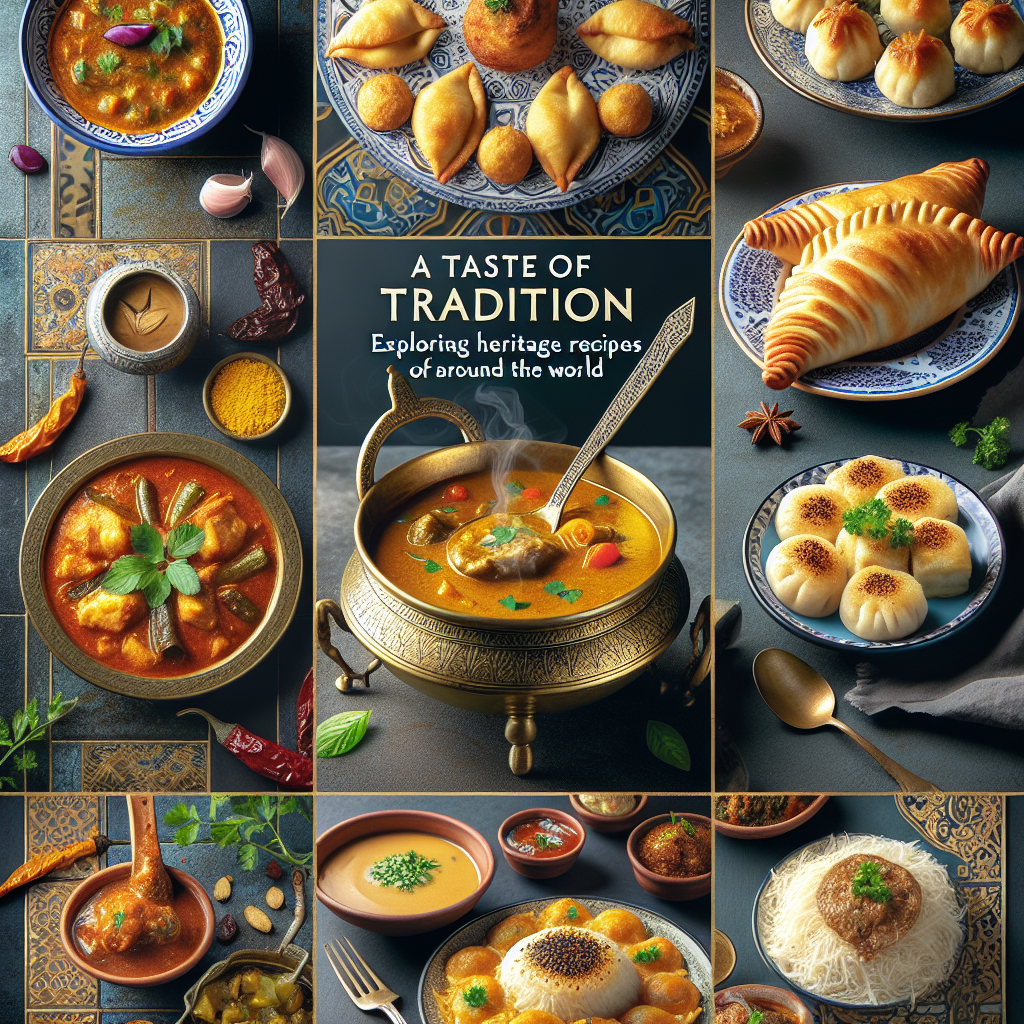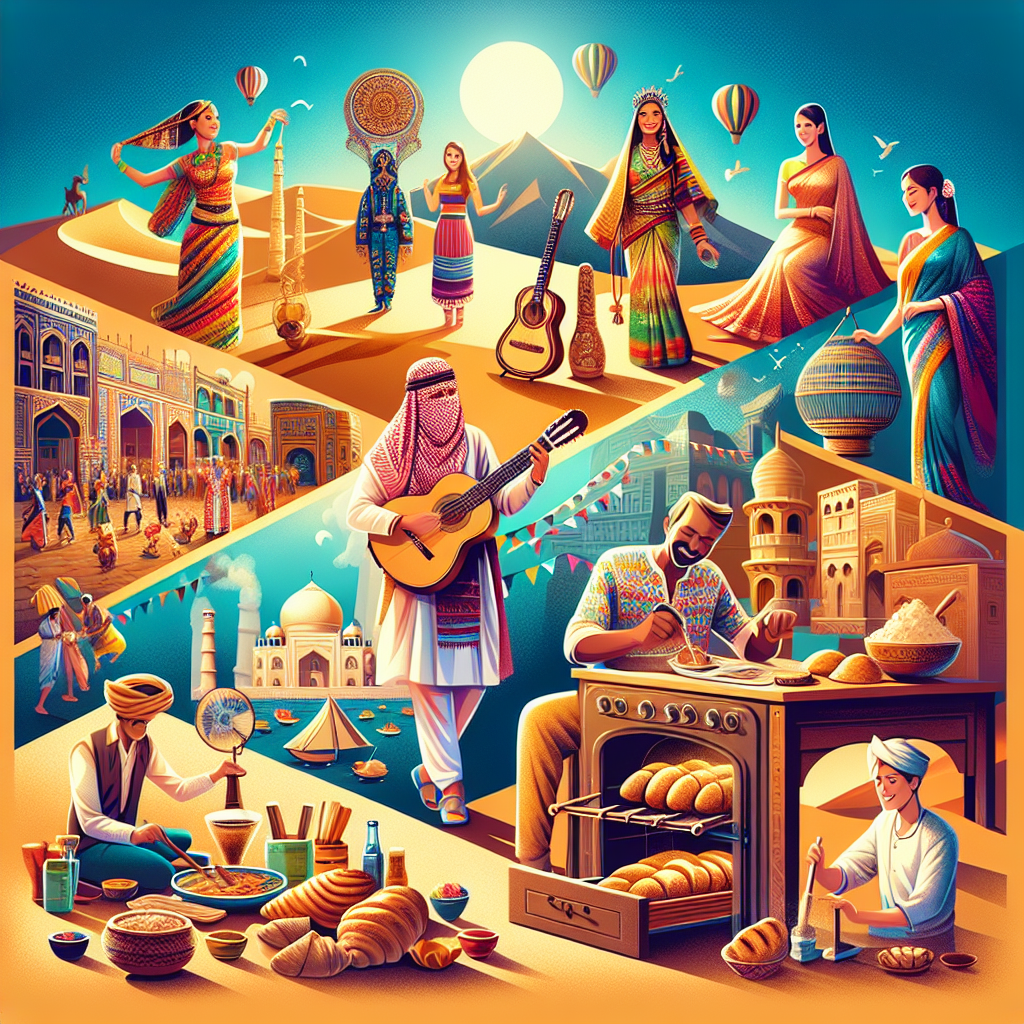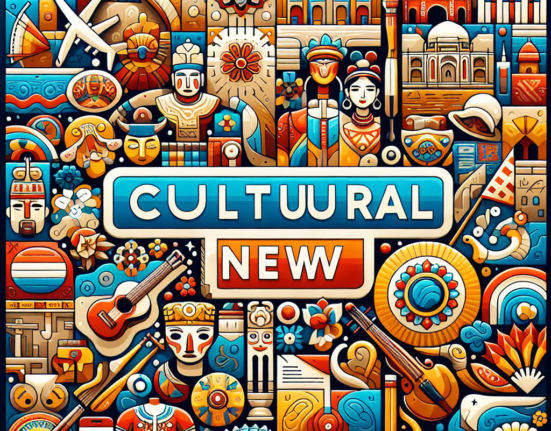Taste, Touch, and Tradition: Cultural Festivals You Can’t Miss
As the world emerges from the steadfast grip of a global pandemic, the wanderlust in our hearts yearns stronger than ever. While hitting popular tourist spots is a given, cultural festivals offer a unique lens into the soul of a community, presenting an immersive experience of taste, touch, and tradition. Let’s explore some unmissable festivals that encapsulate the vibrancy, history, and culinary richness of their home lands.
Holi: The Riot of Colors in India
Holi, often referred to as the "Festival of Colors," is a dazzling display of hues and happiness, celebrated with unmatched vigor in India. It marks the onset of spring and commemorates the eternal and divine love of Radha and Krishna. Streets transform into canvases splashed with colors as people smear each other with powdered pigments and drench one another in colored water. The air is thick with laughter, drumming, and the intoxicating scent of gujiya – a traditional sweet filled with khoya and dry fruits. Holi isn’t just a festival; it’s an exhilarating experience that leaves memories etched in color.
Oktoberfest: Munich’s Homage to Bavarian Culture
If there’s one place where beer, bratwurst, and Bavarian culture converge spectacularly, it’s the Oktoberfest in Munich, Germany. This annual fest, stretching over 16-18 days, welcomes millions of visitors from across the globe. Enormous tents brim with people clinking giant steins of beer, chanting traditional songs, and indulging in succulent sausages and pretzels. Lederhosen and dirndls – traditional Bavarian attire – become ubiquitous, adding to the authenticity of the celebration. The craftmanship of the local brews and the palpable sense of community make Oktoberfest an unforgettable cultural soiree.
Dia de los Muertos: The Heartbeat of Mexican Tradition
Dia de los Muertos, or the Day of the Dead, is a Mexican festival that honors deceased loved ones in a jubilant rather than somber mood. Taking place on November 1st and 2nd, the festival intricately blends indigenous traditions with Catholic influences, creating a unique cultural tapestry. Families build ofrendas (altars) adorned with marigolds, photos, candles, and favorite foods of the departed. Calaveras (sugar skulls) and pan de muerto (bread of the dead) highlight the culinary aspects, while parades featuring people dressed as La Catrina, the skeletal Lady of Death, add a visual spectacle. This festival teaches a profound lesson in celebrating life and acknowledging death as part of the human experience.
Rio Carnival: Brazil’s Exuberant Extravaganza
Arguably the world’s most dazzling carnival, Rio de Janeiro’s Carnival is a sensational blend of samba, sequins, and celebrations. Held just before Lent, the festival features grand parades, where samba schools put forth elaborately themed floats and flamboyant costumes, competing with each other for prestige and honor. Street parties (blocos) bring people together in spontaneous bouts of dancing, fueled by infectious rhythms and caipirinhas – Brazil’s iconic cocktail. The synergy of music, movement, and merrymaking makes Rio’s Carnival a living testament to the exuberance of Brazilian culture.
Harbin Ice and Snow Festival: A Winter Wonderland in China
Held annually in the frigid expanses of Harbin, China, the Harbin Ice and Snow Festival is the world’s largest ice and snow sculpture festival. This winter spectacle transforms the city into a glittering wonderland of ice castles, elaborate snow sculptures, and illuminated structures. Visitors can glide down ice slides, marvel at towering ice pagodas, and warm up with sticky rice and sugar warabimochi. The tactile experience of feeling the chill through thick mittens and the visual beauty of the illuminated frozen masterpieces turn this festival into a breathtaking celebration of artistic and climatic extremes.
Sapporo Snow Festival: Japan’s Glacial Gala
Another cold-climate wonder is the Sapporo Snow Festival, held in Japan’s northern city of Sapporo. Spanning over a week in February, this festival showcases intricate ice sculptures and massive snow statues that turn the city into a frosty paradise. Besides the striking visual elements, the festival is a culinary delight with street food stalls offering everything from steaming bowls of ramen to freshly grilled seafood. The tactile pleasure of crafting your own small sculptures and the communal atmosphere of shared admiration for ice artistry highlight the multifaceted appeal of this festival.
Conclusion
Cultural festivals are more than just events on a calendar; they are vibrant expressions of a community’s heritage and ethos, encapsulating a multitude of sensory experiences. Whether you’re painting the town red at Holi, savoring the essence of Bavarian tradition during Oktoberfest, embracing the carnival spirit in Rio, or marveling at the icy wonders of Harbin and Sapporo, there’s a world of cultural richness waiting to be explored. In this grand symphony of taste, touch, and tradition, these festivals stand out as unmissable milestones on any cultural voyager’s map. So, pack your bags and open your heart to the global tapestry of festivity – the world is waiting!














Leave feedback about this
You must be logged in to post a comment.